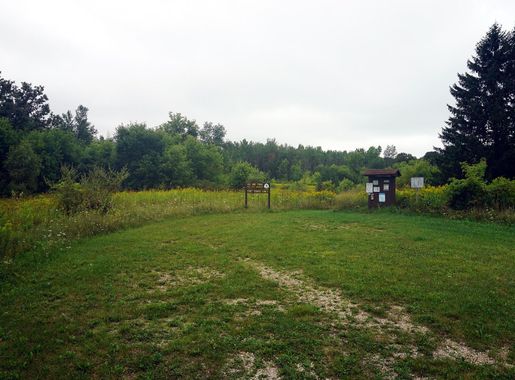
Exploring the Ice Age Trail: Wisconsin’s Glacial Masterpiece
Discover the Ice Age Trail in Wisconsin, a scenic journey through glacial landscapes offering hiking, wildlife, and cultural experiences across charming small towns.
The Ice Age Trail in Wisconsin is a unique national scenic trail that spans over 1,200 miles, weaving through some of the most stunning landscapes shaped by glaciers thousands of years ago. The trail offers a rare opportunity to witness diverse geological formations, from deep kettles and towering moraines to serene glacial lakes and lush prairies. It is a journey through time, providing a glimpse into the Earth's glacial past while showcasing the natural beauty of Wisconsin’s wilderness. The trail is not just for seasoned hikers; it is accessible to adventurers of all skill levels. Various segments of the trail offer different experiences, whether you are looking for a leisurely day hike, a challenging multi-day trek, or a peaceful spot to enjoy nature. Along the way, you can encounter a variety of wildlife, wildflowers, and scenic vistas that change with the seasons, making every visit unique. Communities along the trail are welcoming and offer plenty of amenities for travelers. You can explore charming small towns, enjoy local cuisine, and learn about the area’s history and culture. The Ice Age Trail is also a perfect destination for family outings, with plenty of educational opportunities for children to learn about geology, ecology, and the importance of preserving natural habitats.
Local tips in Ice Age Trail
- Check trail conditions and weather forecasts before heading out. Some parts of the trail can be challenging during wet or snowy conditions.
- Bring a detailed map or a GPS device. Cell service can be spotty in certain areas of the trail.
- Wear sturdy hiking boots and dress in layers. Weather can change quickly, and parts of the trail can be rugged.
- Pack enough water and snacks, especially for longer hikes. There are few facilities along the trail.
- Respect wildlife and natural habitats. Stay on designated trails to minimize your impact on the environment.
- Consider visiting during different seasons. Autumn offers breathtaking fall foliage, while spring and summer provide lush green landscapes and blooming wildflowers.
- Plan your accommodation in advance if you are staying overnight. There are several campsites and lodging options along the trail.
Exploring the Ice Age Trail: Wisconsin’s Glacial Masterpiece
The Ice Age Trail in Wisconsin is a unique national scenic trail that spans over 1,200 miles, weaving through some of the most stunning landscapes shaped by glaciers thousands of years ago. The trail offers a rare opportunity to witness diverse geological formations, from deep kettles and towering moraines to serene glacial lakes and lush prairies. It is a journey through time, providing a glimpse into the Earth's glacial past while showcasing the natural beauty of Wisconsin’s wilderness. The trail is not just for seasoned hikers; it is accessible to adventurers of all skill levels. Various segments of the trail offer different experiences, whether you are looking for a leisurely day hike, a challenging multi-day trek, or a peaceful spot to enjoy nature. Along the way, you can encounter a variety of wildlife, wildflowers, and scenic vistas that change with the seasons, making every visit unique. Communities along the trail are welcoming and offer plenty of amenities for travelers. You can explore charming small towns, enjoy local cuisine, and learn about the area’s history and culture. The Ice Age Trail is also a perfect destination for family outings, with plenty of educational opportunities for children to learn about geology, ecology, and the importance of preserving natural habitats.
When is the best time to go to Ice Age Trail?
Iconic landmarks you can’t miss
Copper Falls State Park
Explore the natural beauty of Copper Falls State Park, where stunning waterfalls and scenic trails await outdoor enthusiasts in Wisconsin.
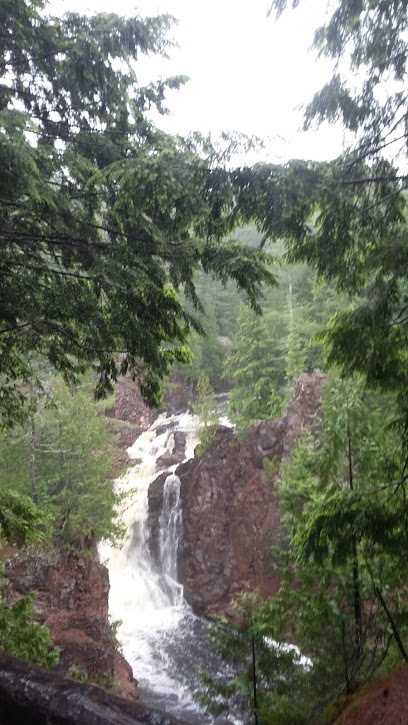
Parfrey's Glen State Natural Area
Experience the breathtaking beauty and tranquility of Parfrey's Glen State Natural Area, a must-visit natural preserve in Wisconsin.
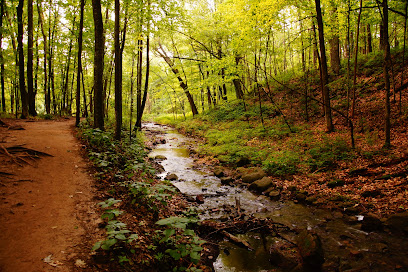
Gibraltar Rock State Natural Area
Discover the stunning vistas and rich geological history of Gibraltar Rock State Natural Area in Lodi, Wisconsin, a perfect getaway for nature lovers and adventure seekers.
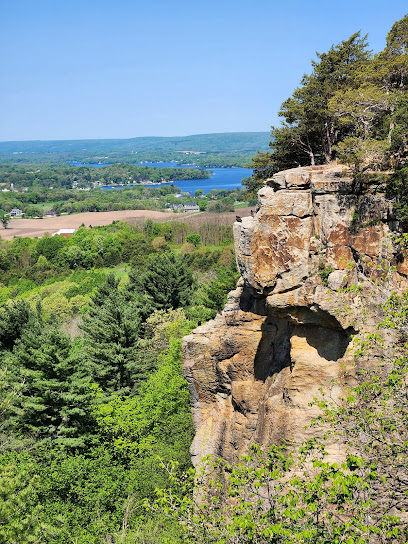
Parnell Tower
Explore Parnell Tower: A breathtaking hiking area in Wisconsin with stunning views and trails for every adventurer.
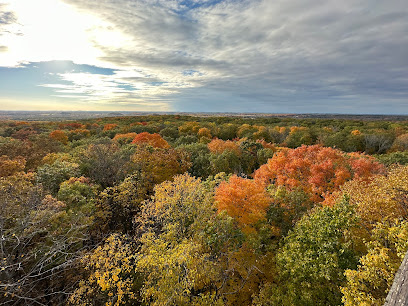
Ice Age Trail HWY 67 Trailhead
Discover the breathtaking landscapes and diverse ecosystems at the Ice Age Trail HWY 67 Trailhead, an outdoor paradise in Wisconsin.
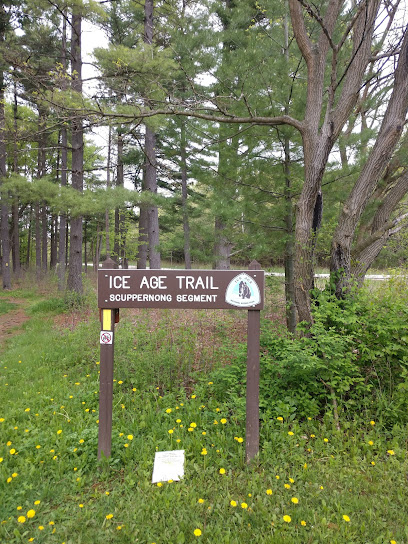
Observatory Hill State Natural Area
Explore breathtaking landscapes and diverse ecosystems at Observatory Hill State Natural Area, a nature preserve perfect for outdoor enthusiasts in Wisconsin.
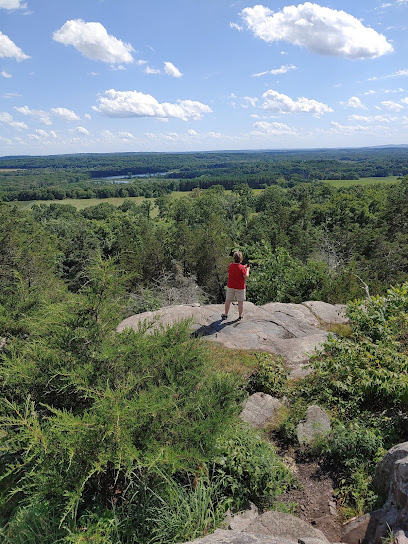
Ice Age Trail Junction Area
Discover the breathtaking landscapes and peaceful trails of the Ice Age Trail Junction Area, a nature lover's paradise in Wisconsin.

Ice Age Trail - Monches Segment
Discover the stunning Ice Age Trail - Monches Segment in Hartland, Wisconsin, an outdoor paradise for hikers and nature lovers alike.
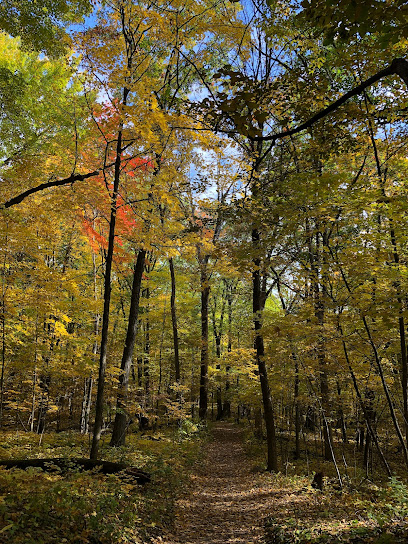
Ice Age Trailhead Arbor Ridge Devils Staircase
Discover the breathtaking landscapes and serene trails at the Ice Age Trailhead Arbor Ridge, a perfect outdoor escape in Wisconsin.
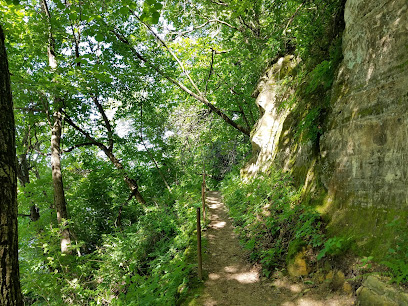
Ice Age Trail - Montrose Segment
Explore the stunning Ice Age Trail - Montrose Segment, where breathtaking landscapes and diverse wildlife meet in a hiker's paradise.
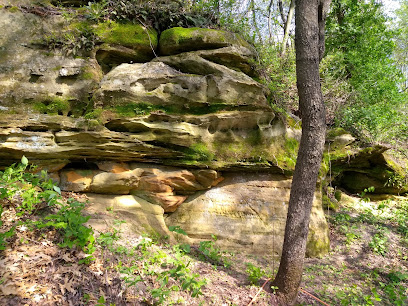
Polk Kames State Ice Age Trail Area (SIATA)
Explore the breathtaking landscapes and rich biodiversity of Polk Kames State Ice Age Trail Area, a premier destination for outdoor adventure in Wisconsin.
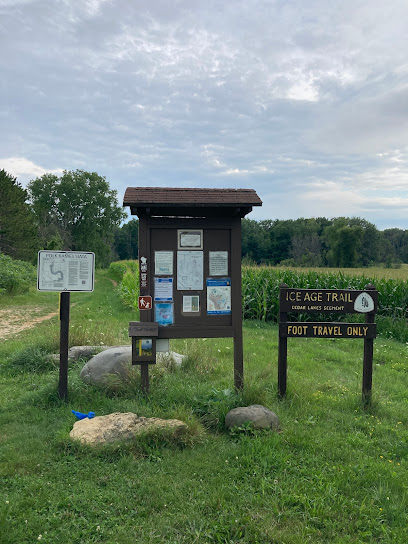
Ice Age Interpretive Center
Discover the Ice Age at the Ice Age Interpretive Center, where history and nature intersect in Dresser, Wisconsin.
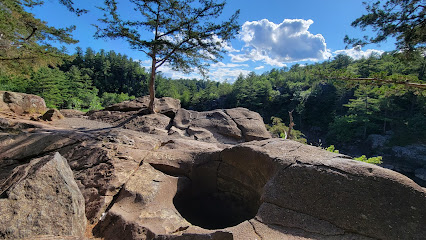
Balanced Rock
Explore the stunning Balanced Rock in Baraboo, Wisconsin, where nature's beauty meets geological wonder along the Ice Age National Scenic Trail.
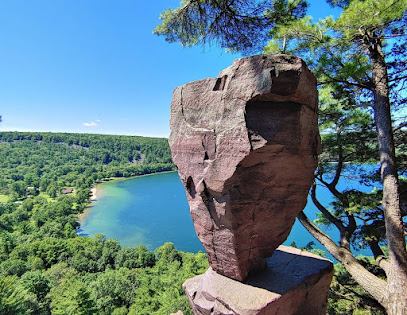
Ice Age Trail Parking Lot — Monches/Merton
Explore the natural beauty of Wisconsin at the Ice Age Trail Parking Lot in Monches/Merton, your gateway to stunning hiking trails and serene landscapes.
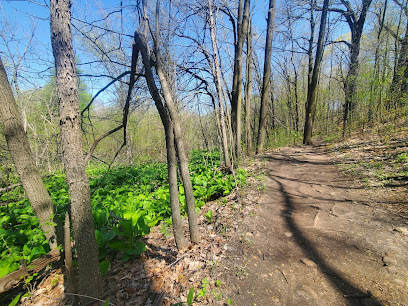
Eastern Terminus of the Ice Age Trail
Explore the breathtaking landscapes at the Eastern Terminus of the Ice Age Trail, a natural marvel in Sturgeon Bay, Wisconsin, perfect for outdoor adventures and nature lovers.
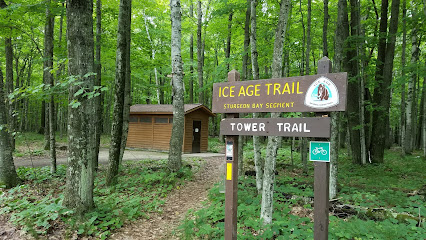
Unmissable attractions to see
Devil's Lake State Park
Discover the breathtaking beauty of Devil's Lake State Park, where nature lovers and adventure seekers find their perfect escape in Wisconsin's outdoor paradise.
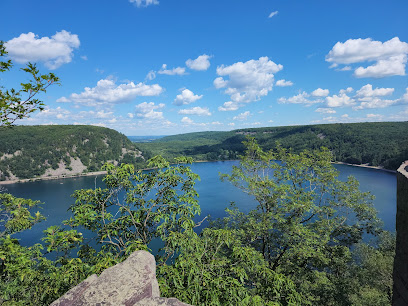
Copper Falls State Park
Explore the breathtaking beauty of Copper Falls State Park in Wisconsin, where stunning waterfalls and lush nature await your discovery.

Parfrey's Glen State Natural Area
Explore Parfrey's Glen State Natural Area in Wisconsin - a breathtaking natural preserve filled with hiking trails, diverse wildlife, and stunning landscapes.
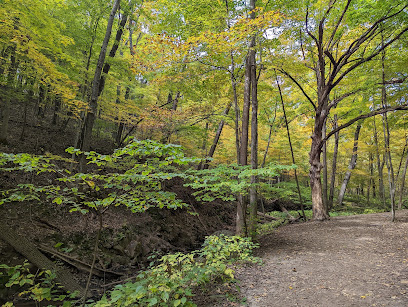
Pewit's Nest
Explore the enchanting Pewit's Nest, a nature preserve in Wisconsin, featuring stunning trails, breathtaking views, and a rich variety of wildlife.
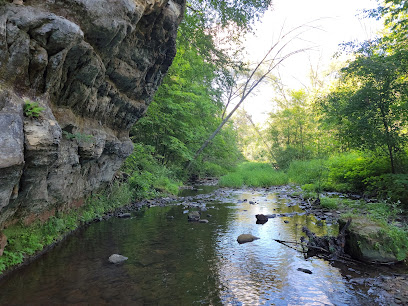
Lapham Peak Observation Tower
Discover breathtaking panoramic views from Lapham Peak Observation Tower, a must-see destination in Wisconsin's Kettle Moraine State Forest.

Parnell Tower
Experience the breathtaking views and serene hiking trails at Parnell Tower, a must-visit destination in Wisconsin for nature lovers.
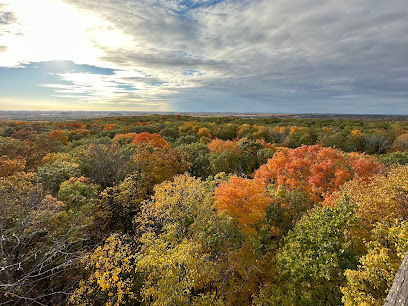
Ledge View Nature Center
Explore Ledge View Nature Center: A tranquil escape in Wisconsin with scenic trails, wildlife encounters, and educational experiences for all ages.
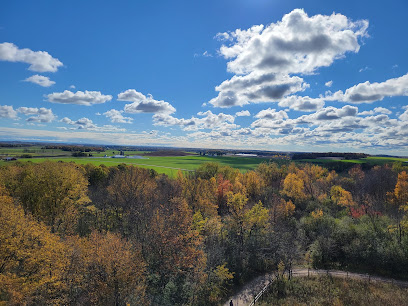
Ice Age Trail Junction Area
Discover the breathtaking landscapes and geological wonders at the Ice Age Trail Junction Area, a serene nature preserve in Verona, Wisconsin.
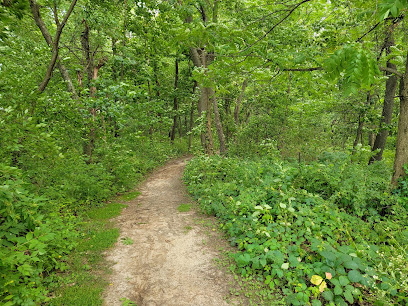
Ice Age Trail - West Bend Segment
Discover the Ice Age Trail - West Bend Segment, a stunning hiking destination showcasing Wisconsin's glacial landscapes and diverse ecosystems.

Baxter's Hollow
Explore Baxter's Hollow, a tranquil nature preserve in Wisconsin, perfect for hiking, birdwatching, and enjoying the serene beauty of the outdoors.
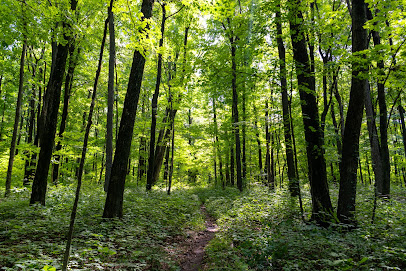
Devil's Doorway Rock Formation
Explore the stunning Devil's Doorway Rock Formation in Baraboo, Wisconsin, a natural wonder perfect for hiking and breathtaking views.
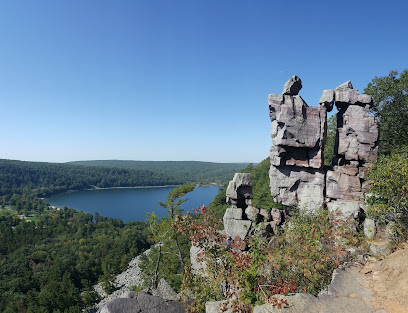
Ice Age Trailhead Arbor Ridge Devils Staircase
Discover the breathtaking natural beauty of Ice Age Trailhead Arbor Ridge at Devils Staircase, a must-visit park in Janesville, Wisconsin.
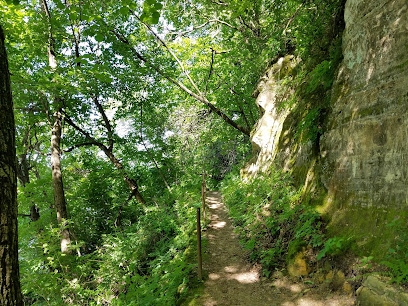
Ice Age Trail - Montrose Segment
Immerse yourself in the stunning landscapes of the Ice Age Trail - Montrose Segment, where history and nature converge for an unforgettable hiking adventure.
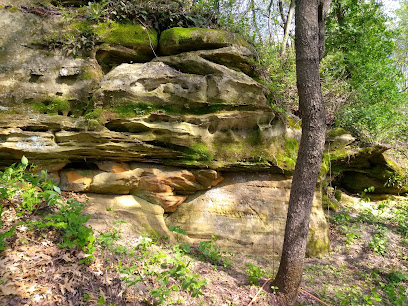
Polk Kames State Ice Age Trail Area (SIATA)
Discover the breathtaking landscapes and diverse wildlife at Polk Kames State Ice Age Trail Area, a must-visit destination for outdoor enthusiasts in Wisconsin.
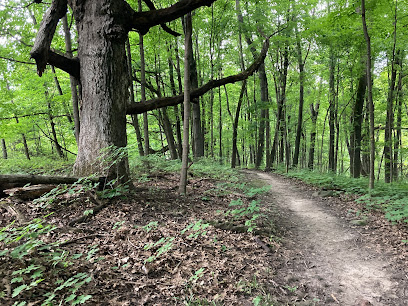
Balanced Rock
Explore the majestic Balanced Rock, a stunning geological wonder in Baraboo, WI, surrounded by the breathtaking landscapes of the Ice Age National Scenic Trail.
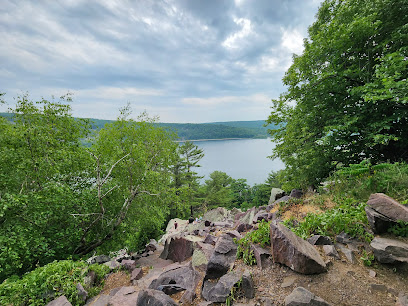
Essential places to dine
The Fox & Hounds Restaurant & Tavern
Experience fine American dining with seafood specialties at The Fox & Hounds Restaurant & Tavern in Hubertus, Wisconsin.
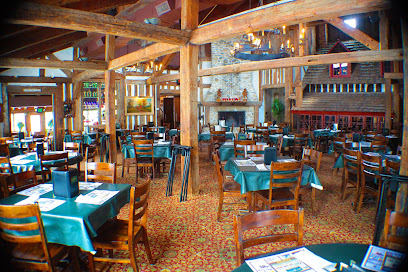
SafeHouse
Experience the thrill of espionage at SafeHouse in Milwaukee - where delicious cuisine meets playful spy-themed ambiance.
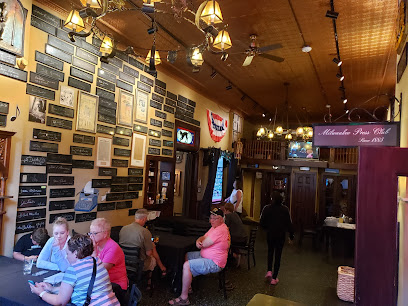
Ishnala Supper Club
Experience fine dining at Ishnala Supper Club in Lake Delton – where exquisite seafood and steaks meet stunning lakeside views.
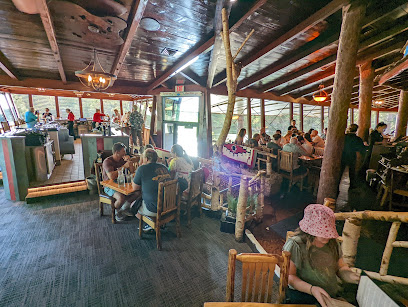
Delafield Brewhaus
Discover Delafield Brewhaus: A premier brewpub serving exceptional craft beer and delicious cuisine in a warm Wisconsin setting.
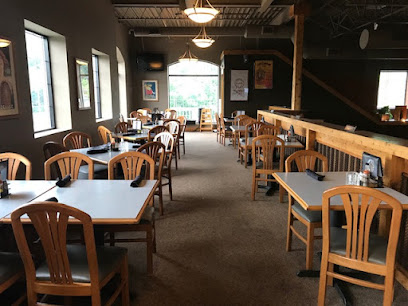
LD's BBQ
Experience mouthwatering smoked meats and delightful sides at LD's BBQ in East Troy - a barbecue haven for food enthusiasts.
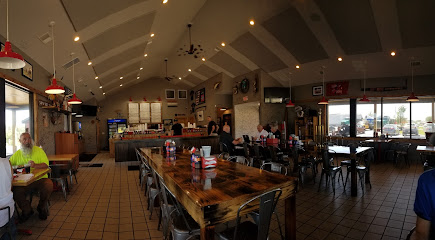
Bass Bay Brewhouse
Experience the taste of America at Bass Bay Brewhouse in Muskego – where delicious cuisine meets local craft brews.
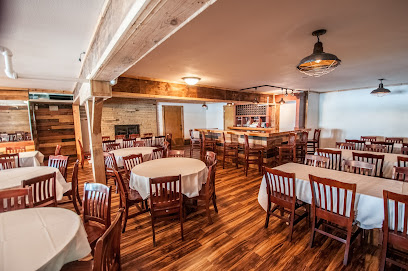
David Alan Alan's Smokehouse & Saloon
Discover authentic barbecue delights at David Alan Alan's Smokehouse & Saloon in Mukwonago - where smoky flavors meet warm hospitality.
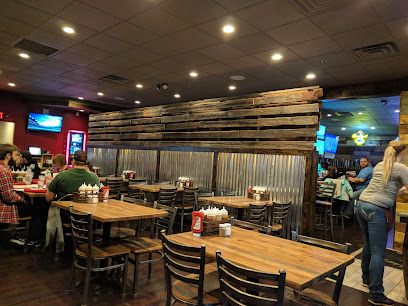
Fork in the Road Restaurant
Experience delectable American cuisine at Fork in the Road Restaurant – where every meal is made with care and served with warmth.
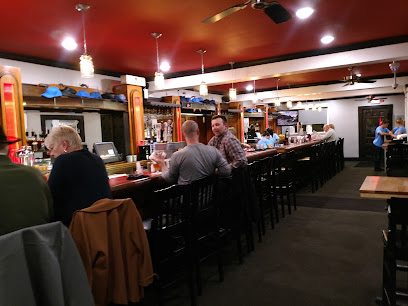
Mars Resort
Discover exquisite American cuisine at Mars Resort in Lake Geneva - where delicious food meets breathtaking lakeside views.
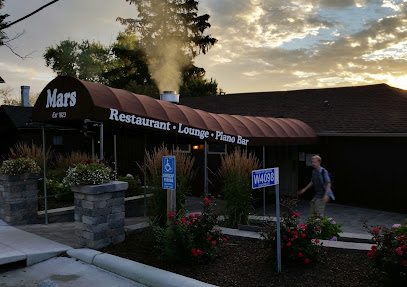
Fitz's On The Lake
Discover lakeside dining at Fitz's On The Lake - where American cuisine meets breathtaking views in Lodi, Wisconsin.
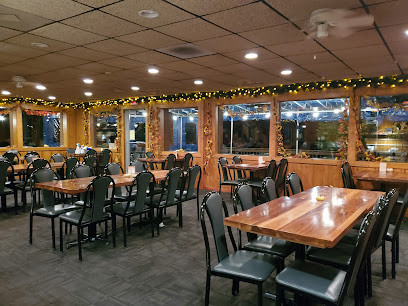
Donny's Glidden Lodge Restaurant
Experience exquisite American cuisine at Donny's Glidden Lodge Restaurant with fresh seafood and steaks amidst Sturgeon Bay's breathtaking scenery.
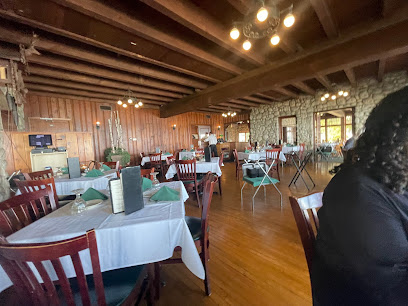
Great River Roadhouse
Experience delectable pizza and warm hospitality at Great River Roadhouse in scenic De Soto, Wisconsin—where every bite tells a story.
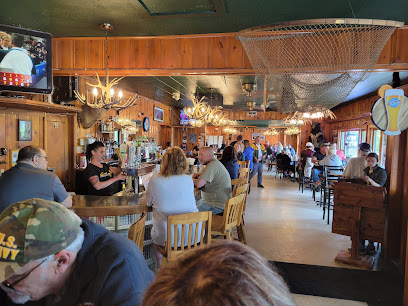
The Copper Dock
Experience exceptional American cuisine at The Copper Dock in Hubertus, WI - where delicious food meets stunning lakeside views.
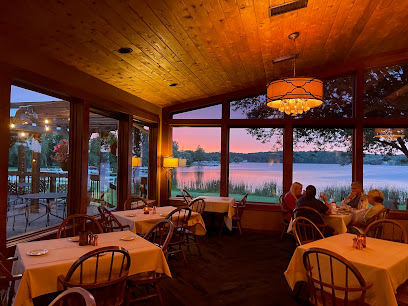
The Barn Restaurant
Experience rustic charm and delectable cuisine at The Barn Restaurant in Prairie du Chien, where every meal is crafted with love.
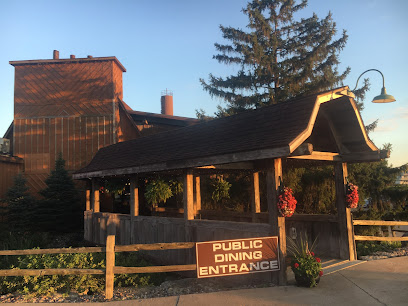
Rustix
Discover Rustix in Eagle, WI: A vibrant grill and cocktail bar offering diverse flavors from burgers to Mexican delights.
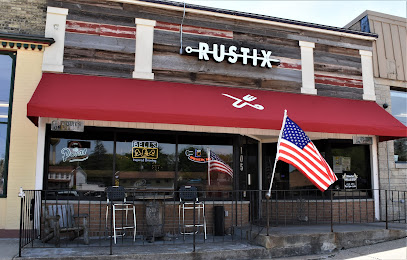
Markets, malls and hidden boutiques
The Shops At Woodlake Kohler
Discover the charm of boutique shopping at The Shops at Woodlake Kohler, where unique gifts and local artistry await.

Ice Age Trail HWY 67 Trailhead
Discover the breathtaking landscapes and rich geological history at the Ice Age Trail HWY 67 Trailhead, a must-visit hiking destination in Wisconsin.

Ice Age Trail - West Bend Segment
Discover breathtaking views and rich geological history at the Ice Age Trail - West Bend Segment, a premier hiking destination in Wisconsin.
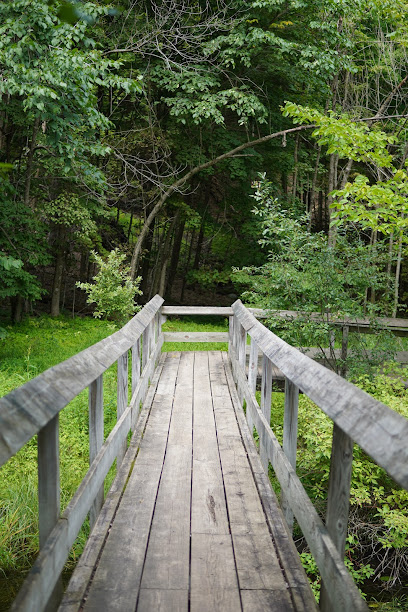
Ice Age Trail Junction Area
Discover the breathtaking landscapes and diverse ecosystems of the Ice Age Trail Junction Area, a true gem for nature lovers in Wisconsin.
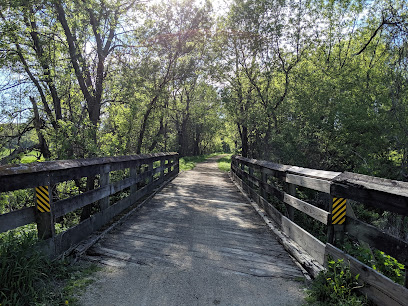
Ice Age Trail - Montrose Segment
Experience the breathtaking beauty of the Ice Age Trail - Montrose Segment, where glacial landscapes and rich natural history await your exploration.
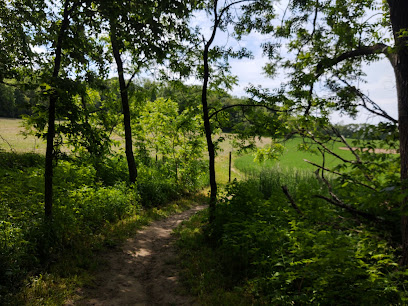
Ice Age Interpretive Center
Discover the rich geological history at the Ice Age Interpretive Center in Wisconsin, where nature and education unite for an unforgettable experience.

The Merchant General Store
Explore The Merchant General Store in Black River Falls for unique antiques, gifts, and home goods that capture the spirit of Wisconsin.

Ice Age Trail - Table Bluff Segment
Experience the breathtaking landscapes and rich geological history at the Ice Age Trail - Table Bluff Segment, a premier hiking destination in Wisconsin.
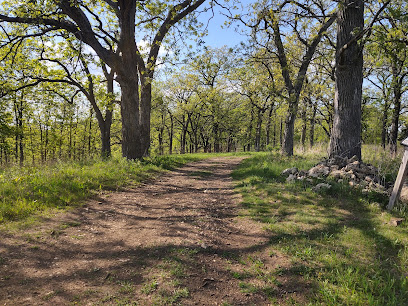
Collectors Paradise Antique
Discover unique treasures and vintage collectibles at Collectors Paradise Antique in Crivitz, Wisconsin, where history comes alive.
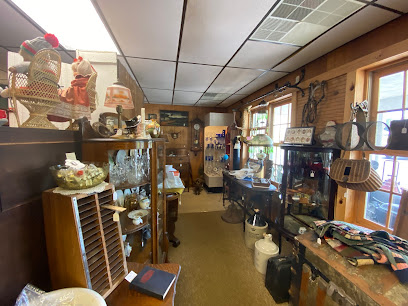
Ice Age Trail Alliance
Explore the breathtaking landscapes and geological wonders of Wisconsin's Ice Age Trail, a premier hiking destination for outdoor enthusiasts.

Western Terminus of the Ice Age National Scenic Trail
Discover the breathtaking landscapes of the Western Terminus of the Ice Age National Scenic Trail, a natural wonder in Dresser, Wisconsin, ideal for hiking and exploration.
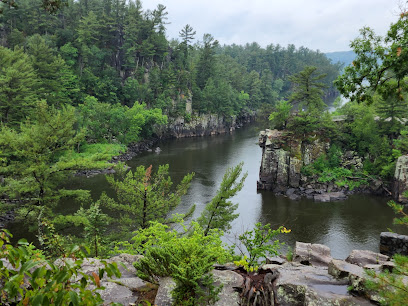
Ice Age Trail - Plover River Segment
Discover the stunning Ice Age Trail - Plover River Segment, where natural beauty and rich geological history unite in Wisconsin's breathtaking wilderness.
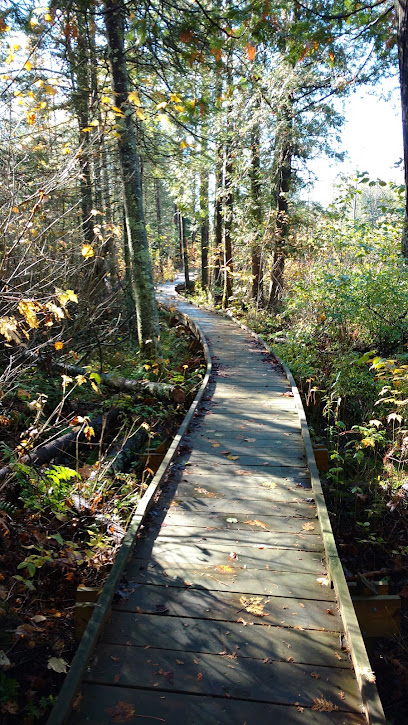
Henry S. Reuss Ice Age Visitor Center
Discover the Ice Age's legacy at the Henry S. Reuss Ice Age Visitor Center, a captivating museum and gateway to breathtaking trails in Wisconsin.
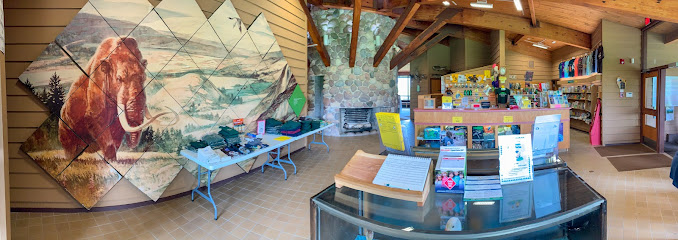
Ice Age Trail - Merrimac Segment
Discover the majesty of the Ice Age Trail - Merrimac Segment, where Wisconsin’s natural beauty and fascinating history await every visitor.
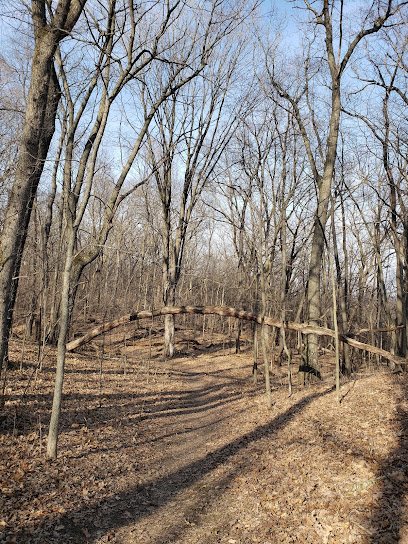
Elton Mall & Cafe
Explore the delightful Elton Mall & Cafe in Wisconsin for unique shopping and a cozy café experience amidst scenic beauty.

Essential bars & hidden hideouts
Delafield Brewhaus
Experience the best of Wisconsin's craft beer and delicious pub food at Delafield Brewhaus, a lively brewpub with a welcoming atmosphere.
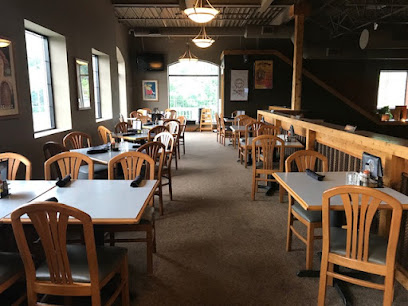
The Wicked Hop
Discover The Wicked Hop, a lively grill and bar in Milwaukee's Historic Third Ward, offering delicious brunch, craft cocktails, and a vibrant atmosphere.
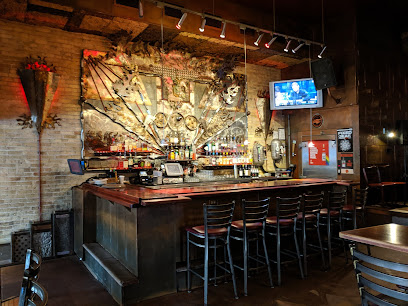
Husby's Food & Spirits
Discover Husby's Food & Spirits in Sister Bay, where great food, refreshing drinks, and a lively atmosphere await every visitor.
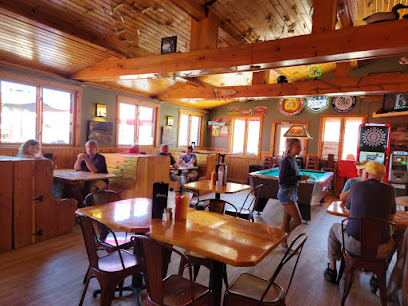
The Brass Tap
Experience the vibrant atmosphere and extensive craft beer selection at The Brass Tap in Greenfield, Wisconsin, where sports and flavor meet.
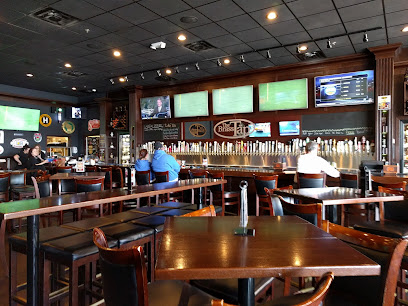
Natty Oaks Pub & Eatery
Discover the vibrant atmosphere and delicious offerings at Natty Oaks Pub & Eatery, a must-visit bar in West Allis, Wisconsin.
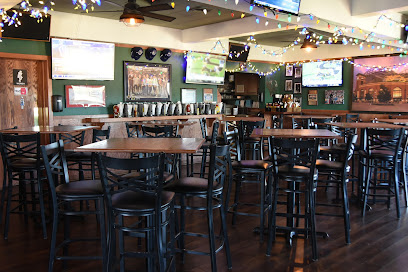
Curly's Waterfront Sports Bar & Grill
Experience lakeside dining at Curly's Waterfront Sports Bar & Grill, where delicious food meets stunning views in Pewaukee, Wisconsin.
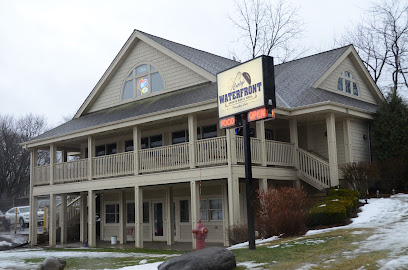
Sideliners Pub and Grill
Savor delicious American comfort food at Sideliners Pub and Grill—where hearty meals and a vibrant atmosphere come together.

The Explorium Brewpub Greendale
Discover the heart of craft beer culture at The Explorium Brewpub in Greendale, where delicious brews and flavorful dishes come together.

Draft House Bar & Restaurant
Experience the best of Wisconsin dining at Draft House Bar & Restaurant in Verona, where delicious grilled dishes meet a vibrant bar atmosphere.
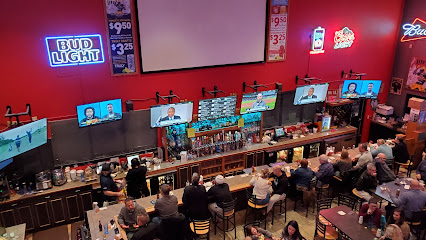
Tumbled Rock Brewery & Kitchen
Experience the best of craft beer and culinary delights at Tumbled Rock Brewery & Kitchen in Baraboo, WI.

Trail Side Sports Bar & Grill Weston
Experience the vibrant flavors and warm hospitality of Trail Side Sports Bar & Grill in Weston, WI, where every meal feels like a celebration.
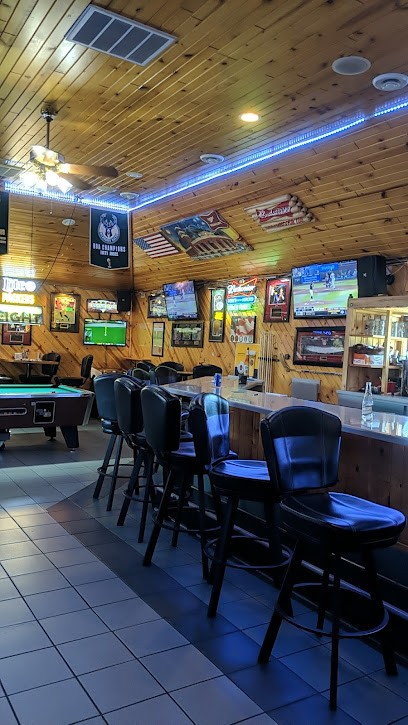
Blue Badger Bar & Grill
Discover the warmth of Wisconsin dining at Blue Badger Bar & Grill, where flavorful grilled dishes meet a cozy atmosphere for every traveler.
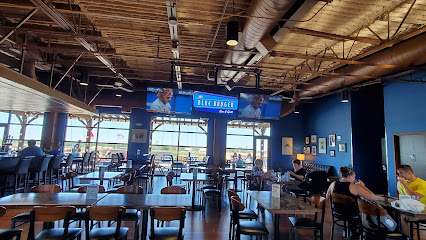
Boulder Beer Bar
Discover Boulder Beer Bar, a cozy grill in Boulder Junction, offering a delightful selection of craft beers and delicious grilled dishes in a warm atmosphere.
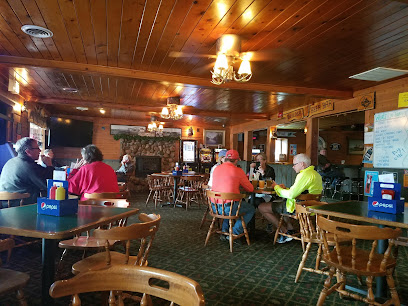
Station No. 06
Discover the essence of crafted cocktails in a chic and welcoming atmosphere at Station No. 06 in West Allis, Wisconsin.
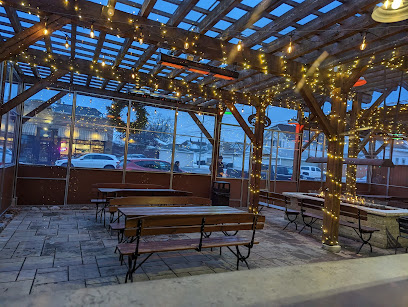
Ferry Xing Bar & Grill
Discover the flavors of America at Ferry Xing Bar & Grill, a vibrant eatery in Merrimac, Wisconsin, perfect for casual dining and relaxation.
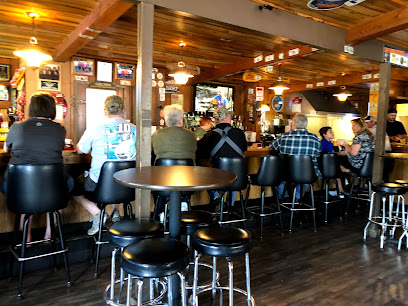
Local Phrases about Ice Age Trail
-
- HelloHowdy
[haw-dee] - GoodbyeSee ya
[see yah] - YesYah
[yah] - NoNah
[nah] - Please/You're welcomePlease/No problem
[pleez/no prob-lem] - Thank youThanks a bunch
[thanks uh buhnch] - Excuse me/SorryPardon me/My bad
[par-dn me/my bad] - How are you?How's it goin'?
[hows it go-in] - Fine. And you?Good. How 'bout you?
[good. how bout yoo] - Do you speak English?Kin ya talk English?
[kin yuh talk ing-lish] - I don't understandI'm lost
[im lost]
- HelloHowdy
-
- I'd like to see the menu, pleaseLemme see the grub list, please
[lem-me see the gruhb list, please] - I don't eat meatI'm veggie
[im veh-jee] - Cheers!Bottoms up!
[bot-ums up] - I would like to pay, pleaseCheck, please
[chek, please]
- I'd like to see the menu, pleaseLemme see the grub list, please
-
- Help!SOS!
[ess-oh-ess] - Go away!Scram!
[skram] - Call the Police!Ring the cops!
[ring the cops] - Call a doctor!Get a doc!
[get a doc] - I'm lostI'm off the map
[im off the map] - I'm illI'm under the weather
[im un-der the weath-ur]
- Help!SOS!
-
- I'd like to buy...I wanna get...
[i wanna get] - I'm just lookingJus' browsin'
[jus brows-in] - How much is it?How 'spensive?
[how spen-siv] - That's too expensiveToo pricy
[too prye-see] - Can you lower the price?Can ya knock it down?
[can yuh nok it down]
- I'd like to buy...I wanna get...
-
- What time is it?What's the time?
[whats the time] - It's one o'clockIt's one
[its one] - Half past (10)Ten-thirty
[ten-thur-tee] - MorningMornin'
[morn-in] - AfternoonAfternoon
[after-noon] - EveningEvenin'
[even-in] - YesterdayYest'day
[yes-tuh-day] - TodayToday
[to-day] - TomorrowTomorrer
[to-mor-ur] - 1One
[wun] - 2Two
[too] - 3Three
[three] - 4Four
[for] - 5Five
[fahyv] - 6Six
[siks] - 7Seven
[sev-un] - 8Eight
[ate] - 9Nine
[nine] - 10Ten
[ten]
- What time is it?What's the time?
-
- Where's a/the...?Where's the...?
[wheres the] - What's the address?Where's the addy?
[wheres the add-ee] - Can you show me (on the map)?Show me
[show me] - When's the next (bus)?When's the next bus?
[whens the next bus] - A ticket (to ....)A ticket
[a ticket]
- Where's a/the...?Where's the...?
History of Ice Age Trail
-
The Ice Age Trail in Wisconsin traces its origins to the last glacial period, known as the Wisconsin Glaciation, which occurred approximately 10,000 to 25,000 years ago. This era saw massive ice sheets, up to a mile thick, carve out the unique landscapes that define the trail today. As the glaciers advanced and retreated, they sculpted the land into rolling hills, deep kettles, and expansive moraines, leaving behind a geological legacy that attracts hikers and history enthusiasts alike.
-
Long before European settlers arrived, the area now known as the Ice Age Trail was inhabited by various Native American tribes, including the Ho-Chunk, Menominee, and Ojibwe. These indigenous peoples adapted to the glacial landscapes, utilizing the abundant natural resources for hunting, fishing, and gathering. They left behind a rich tapestry of cultural artifacts and traditions that continue to influence the region's heritage.
-
The first Europeans to traverse the Ice Age Trail region were French fur traders and explorers in the 17th century. Notable figures like Jean Nicolet and Father Jacques Marquette documented their journeys through the area, establishing trade routes and building relationships with Native American tribes. These early explorations laid the groundwork for future settlement and development in Wisconsin.
-
In the 19th century, waves of European settlers, primarily of German, Scandinavian, and Irish descent, began to populate the areas surrounding the Ice Age Trail. They established farms, towns, and industries, transforming the landscape while still respecting the natural beauty shaped by the glaciers. The settlers' influence is still evident in the architecture, local festivals, and cultural practices found along the trail.
-
The concept of the Ice Age Trail was first proposed in the 1950s by Milwaukeean Ray Zillmer, a dedicated conservationist and hiker. Zillmer envisioned a long-distance trail that would highlight Wisconsin's glacial features and educate the public about the state's geological history. His advocacy led to the establishment of the Ice Age National Scientific Reserve in 1964 and the official designation of the Ice Age Trail as a National Scenic Trail in 1980. Today, the trail spans over 1,200 miles, offering a window into the past for all who traverse its path.
-
In recent decades, numerous organizations and volunteers have worked tirelessly to preserve and maintain the Ice Age Trail. The Ice Age Trail Alliance, founded in 1958, plays a crucial role in trail stewardship, land acquisition, and public education. Conservation efforts focus on protecting the natural habitats, promoting sustainable trail use, and ensuring that future generations can experience the awe-inspiring landscapes shaped by the ancient glaciers.
Ice Age Trail Essentials
-
The Ice Age Trail spans over 1,200 miles across Wisconsin, so your entry point will depend on which section you plan to explore. Major airports such as General Mitchell International Airport in Milwaukee and Dane County Regional Airport in Madison offer the closest access points. From these cities, you can rent a car or use local transportation services to reach various trailheads. The trail is also accessible by car from major highways, with numerous entry points along the route.
-
Given the trail's extensive length, the most convenient mode of transportation is by car. Rental cars are readily available at major airports and cities. For those preferring public transport, Greyhound and Megabus services connect major cities in Wisconsin, but you will need a taxi or rideshare service to reach specific trailheads. Some sections of the trail are close to local bus routes, particularly in urban areas like Madison and Milwaukee.
-
The official currency is the United States Dollar (USD). Credit and debit cards are widely accepted in most businesses, including gas stations, restaurants, and hotels. However, it's advisable to carry some cash, especially if you plan to visit remote areas where card payments might not be possible. ATMs are available in towns and cities along the trail.
-
The Ice Age Trail is generally safe for visitors. However, standard travel precautions should be observed. Be aware of your surroundings, especially in urban areas, and avoid leaving valuables in your car at trailheads. Some neighborhoods in larger cities like Milwaukee and Madison have higher crime rates, but these are typically away from tourist areas. Always inform someone of your hiking plans and expected return time.
-
In case of an emergency, dial 911 for immediate assistance. It's important to carry a fully charged mobile phone and a portable charger, as some sections of the trail have limited cell service. Local hospitals and urgent care centers are available in towns and cities along the trail. Carry a first-aid kit and familiarize yourself with basic first-aid procedures. Travel insurance with coverage for medical emergencies is highly recommended.
-
Fashion: Do wear appropriate hiking gear, including sturdy boots, weather-appropriate clothing, and a hat. Avoid wearing heavy perfumes that can attract insects. Religion: The trail passes through various communities; respect local customs and traditions. Public Transport: Do be respectful and offer seats to elderly passengers. Don't eat or drink on public transport. Greetings: Do greet people with a friendly 'Hello' or 'Good morning'. Eating & Drinking: Do try local foods and beverages when you visit towns along the trail. Don't litter; always carry out what you carry in.
-
To experience the Ice Age Trail like a local, consider visiting during the fall when the foliage is at its peak. Engage with local hikers and join guided tours or community hikes organized by the Ice Age Trail Alliance. Visit local diners and cafes in small towns along the trail for authentic Wisconsin cuisine. Don't miss out on the geological features and educational panels that explain the area's Ice Age history.
Trending Landmarks in Ice Age Trail
-
Copper Falls State Park
-
Parfrey's Glen State Natural Area
-
Gibraltar Rock State Natural Area
-
Parnell Tower
-
Ice Age Trail HWY 67 Trailhead
-
Observatory Hill State Natural Area
-
Ice Age Trail Junction Area
-
Ice Age Trail - Monches Segment
-
Ice Age Trailhead Arbor Ridge Devils Staircase
-
Ice Age Trail - Montrose Segment
-
Polk Kames State Ice Age Trail Area (SIATA)
-
Ice Age Interpretive Center
-
Balanced Rock
-
Ice Age Trail Parking Lot — Monches/Merton
-
Eastern Terminus of the Ice Age Trail
Nearby Cities to Ice Age Trail
-
Things To Do in Wisconsin Dells
-
Things To Do in Rockford
-
Things To Do in Dubuque
-
Things To Do in Lake Geneva
-
Things To Do in Oshkosh
-
Things To Do in Milwaukee
-
Things To Do in La Crosse
-
Things To Do in Racine
-
Things To Do in Kenosha
-
Things To Do in Appleton
-
Things To Do in Elgin
-
Things To Do in Waukegan
-
Things To Do in Sheboygan
-
Things To Do in Palatine
-
Things To Do in Schaumburg








